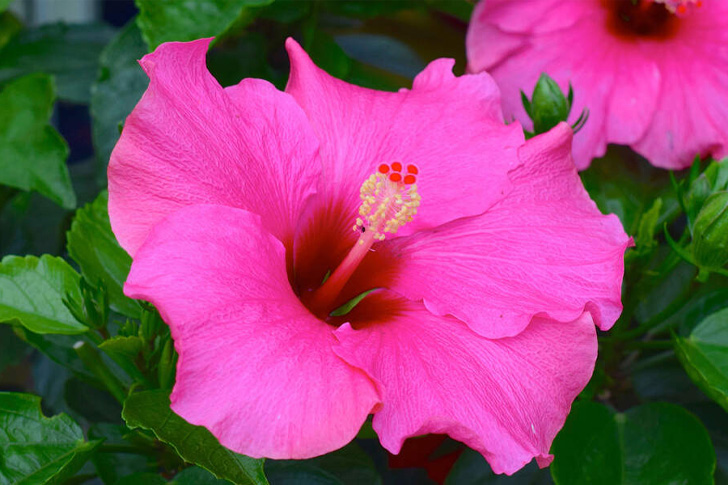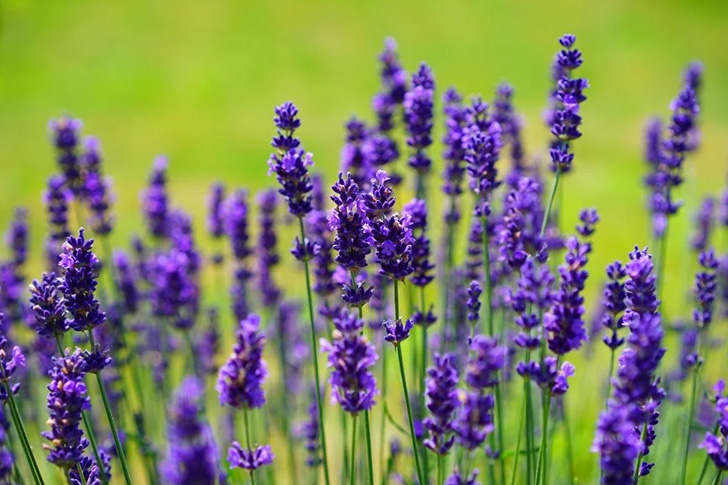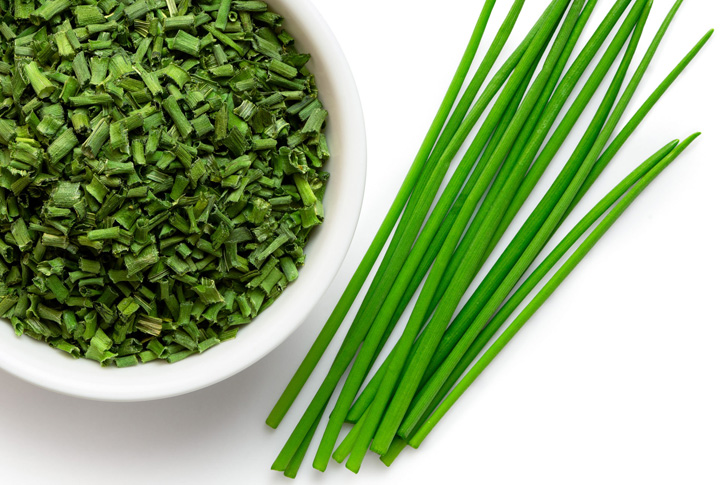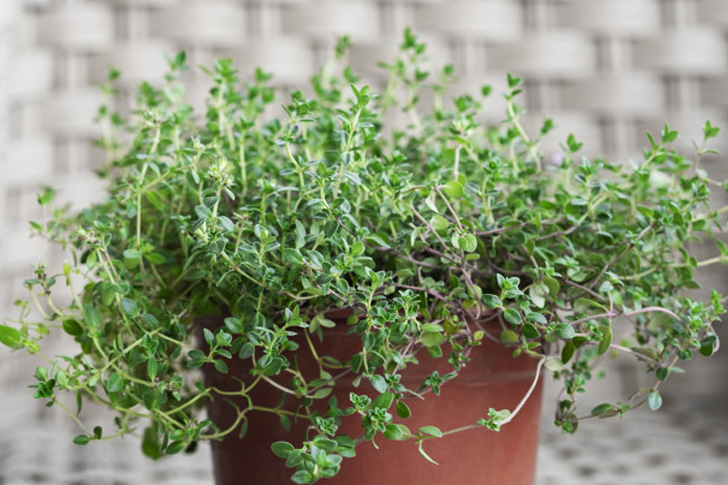4 Edible Plants That Can Change Your Winter Scenario Indoors
In the winter months, what used to be a landscape of lush and colorful living things can easily disappear and turn into a blank canvas. It naturally turns what used to look full of life almost dead. To the degree that it turns grass brown, shrubs dry, trees bare, and everything covered in snow. Outside your house, the scenery may change, but it doesn’t have to look like that inside your home. Because here’s a great remedy to brighten your home and bring your health great cheer with the following nutritious and edible indoor plants.
Feed your body, mind, and soul with therapeutic scented flowers, aromatic herbs, and sweet and savory fruits and vegetables from your own indoor garden!
Hibiscus

Hibiscus is an edible elegant flower that is great to grow indoors. Not only is it a beauty to plant at home, but it is also a flower that credits for incredible health benefits. That’s why you’ll find them in health food stores usually as a tea and one that is expensive, too. Its sweet, tart and pungent flavor remind of a cranberry that tastes great as a tea. So this winter season, if you are going to plant anything indoors, let it be this incredibly easy plant to grow inside which we are sure will be a culinary delight as well as an exotic touch of color to add to your home.
Lavender

Lavender is another aromatically therapeutic flower plant that can be grown outdoors and indoors. It is widely popular for its sweet scent that is credited for its relaxing properties.
The lavender plant is easy to grow and can be done either from cutting or from the seed. The key, just like in all the other indoor plants, is choosing the right pot that has good drainage, a wide rim, and preferably one without an attached saucer.
Lavender made its way to the grocery in different products such as tea, salad dressing, or sauce, and even soaps and other beauty products. You can also buy it as an essential oil, which is very popular nowadays as another alternative form for treatments.
Chives

Chives are herbs closely related to garlic, shallot, leek, and scallion. But the chives are unique in a way that they are considered to be great winter plants as they thrive even in just getting partial sunlight. It can be harvested entirely as a plant but its springs are credited for its culinary uses. Some common chives offer an onion flavor, while there are garlic chives that have a slight garlicky taste. To get the most of its flavor, make sure that your indoor chives get at least four to six hours of sunlight daily, or using grow lamps may help it survive. It’s no surprise how chives are chock-full of nutrients and offer natural remedies for nasal congestion, upset stomach and gas, digestive issues, and anemia, along with other health benefits including improved heart health and bone strength.
Thyme

Thyme is an essential aromatic herb all kitchen pantries should have. With its powerful earthy spice, it will surely bring life to dishes and even contribute some health benefits. Since this herb plant can thrive indoors, it is also credited for its impeccable fit as interior décor. This plant is so easy to grow and care for to the degree that all its needs can be summed up to these three: sunshine, nutrient-rich soil, and a self-draining planter. It’s recommended to put thyme in a spot where the sun usually can come through. With the benefit of indirect sunlight, it will produce for you healthy and beneficial leaves with the richest of flavors.
